Martin Scorsese, writing recently in Harper's magazine on Federico Fellini and the lost magic of cinema, uses the rapid-cut style of one of his own scripts to evocatively describe a film-going memory in the late 1950s.
The director then adds a bittersweet note: “Flash forward to the present day, as the art of cinema is being systematically devalued, sidelined, demeaned, and reduced to its lowest common denominator, ‘content’.”
The creator of Raging Bull and The King of Comedy sounds a defiant note in his essay, though: “The cinema has always been much more than content, and it always will be.”
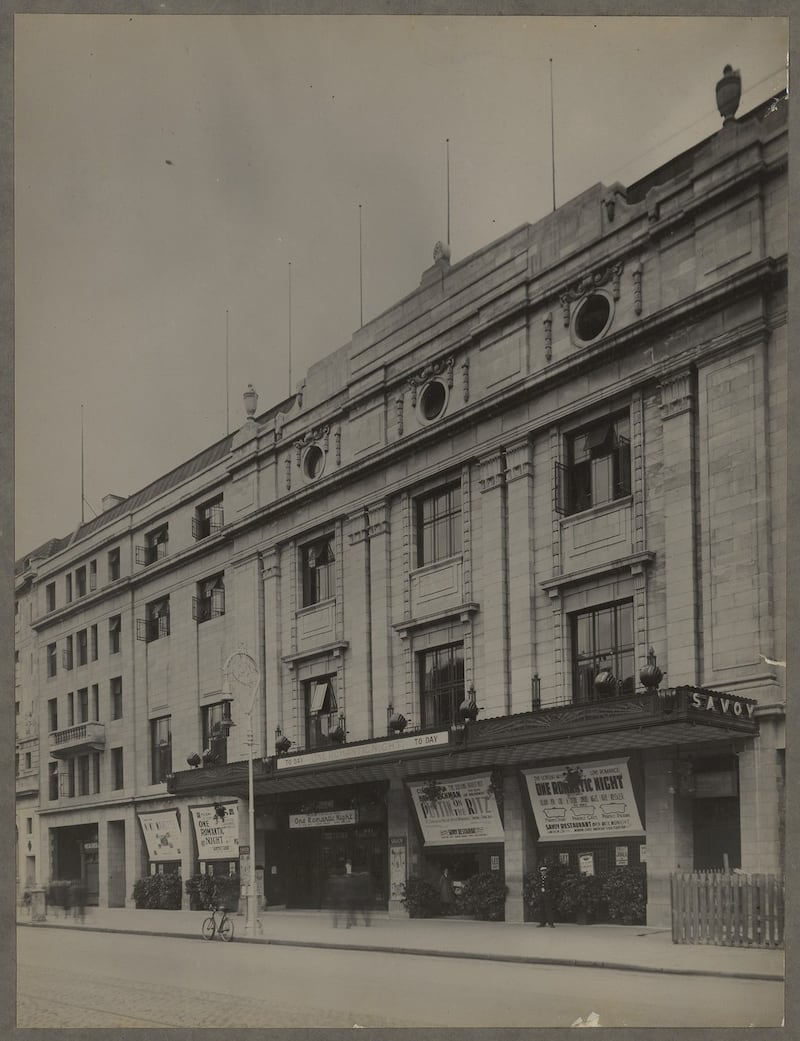
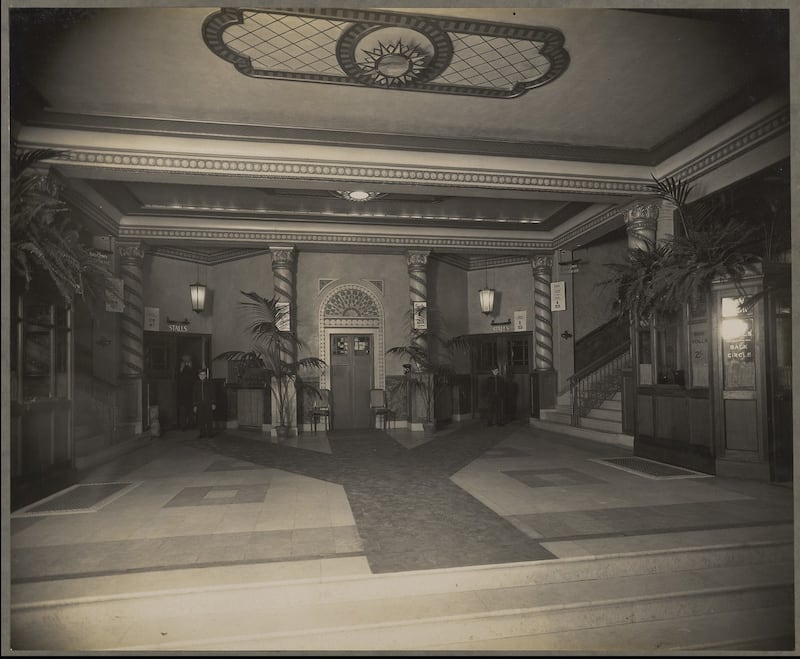
He’s right. Cinema as an art form will always find a way to survive. Alongside the idea of content, though, we need cinemas to love as places in themselves, somewhere we visit to trigger memories like those Scorsese found as a young cinephile at the 8th Street Playhouse in New York City.
Here are some of the best designed cinemas in Ireland, some are new, some still standing with pride, and some no longer exist.
A cinema close to Dubliners’ hearts, literally and metaphorically, remains The Savoy on upper O’Connell Street. Still operating today, the grand old Dame of the screen opened in 1929, making it the oldest in the city, with a magnificent auditorium seating 3,000; the building also included a large restaurant with music and dancing “to midnight”.
The Irish Times praised the exterior upon its completion, as it “added dignity to the principal street of the capital city”. The ornamented portland stone building – two storeys and an attic – is still impressive today, even if the modern entrance leaves a lot to be desired in a “classic black number let down by cheap shoes” sort of way.
The Savoy’s original interior was lushly decorated with a Venetian theme (to create a cinema vibe then known as “atmospherics”, similar to the old Savoys in Cork and Limerick, too) including a “Rialto-like bridge over the proscenium arch and a painting of the Doge’s palace on the safety curtain”, as Christine Casey details in her Dublin volume of Buildings of Ireland (Yale University Press).
Inside the Savoy much has changed: it’s now six screens, and the grub and midnight groovers are long gone.
Sadly all that remains are the ghosts; like the famed Adelphi on Abbey Street, which remains in body, with its still impressive front, if not in spirit
Ellen Rowley’s indispensable More than Concrete Blocks: Dublin City’s 20th-century buildings and their stories (Four Courts Press) outlines the proliferation of cinemas in the city in the 1930s, with the “architecturally fine” Carlton (now an amusement arcade) and Metropole (now Penneys) appearing on the same street.
Rowley cites the Carlton as one of Dublin’s finest art deco facades, built by Murphy Bros of Rathmines, and notes that at the time of its opening The Irish Builder and Engineer questioned if the city had reached saturation point for cinema screens, with several under construction at the time.
The recent demolition of Hawkins House, on the corner of Hawkins Street and Poolbeg Street, is unlikely to have brought forth a single tear of regret in even the most refreshed drinker in nearby Mulligan's. But what occupied the site before might have done so: the art deco Theatre Royal (1935), which was shamefully demolished after it closed in 1962.
Designed by Leslie Norton, Michael Scott, and Norman Good, Rowley notes that it was: “renowned for its elegance and flamboyance; it featured travertine marble panels and integrated lighting and vertical window openings with sculptural decoration featuring Celtic Irish figures by Lawrence Campbell (commissioned by Scott)”.
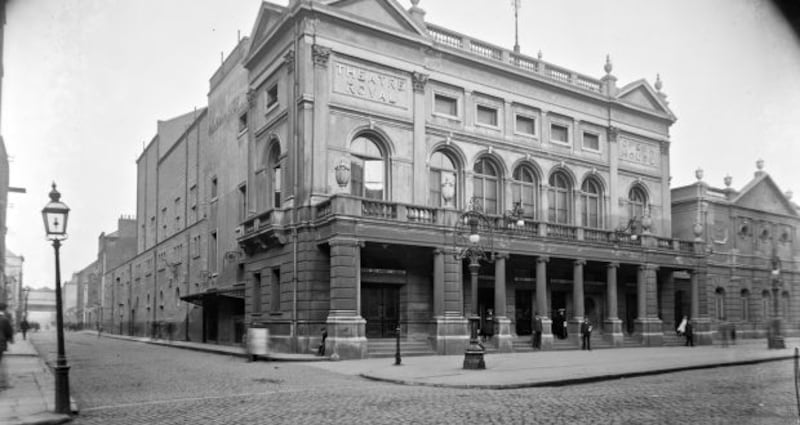
Looking at old sketches and photos of the building, the Royal is the sort of place where you could picture Scott and Zelda, in Dublin for a weekend jolly having grown tired of Riviera life, at the bar tinkling their highballs awaiting the call for the “talkie”.
Sadly all that remains are the ghosts; like the famed Adelphi on Abbey Street, which remains in body, with its still impressive front, if not in spirit. (How to make an interesting and important piece of heritage the exact opposite in a single stroke? Why, fill it full of four-wheeled polluters.)
The Strand cinema in Fairview, meanwhile, another 1930s building which apparently survived a German second World War bomb, has had various incarnations since its closure in the 1970s: bingo hall, bowling alley, and gym. It has since settled into its role as apartments, with the cinema facade retained in the conversion work of two five-storey blocks, courtyard, shops, and underground car park.
Of course all is not lost, and Dublin is lucky today to have the IFI, the Lighthouse and the Stella as alternatives to the omniplex. But for a modern venue that’s truly remarkable we need look west: to the Pálás, in Galway.
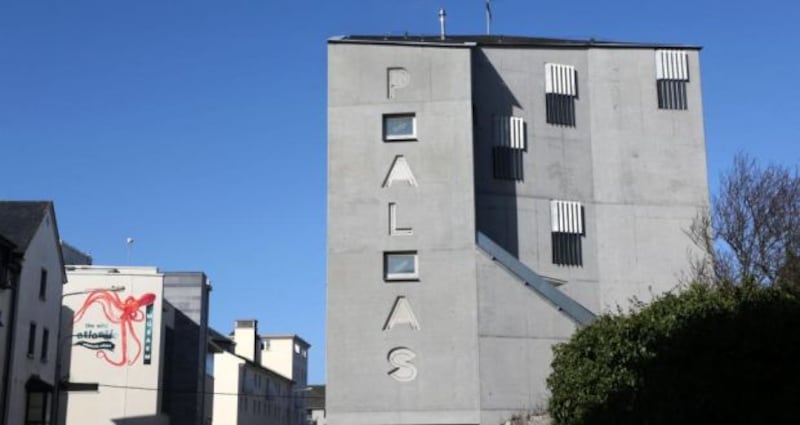
The Tom de Paor-designed building was always going to split opinion, with its “bring it on, boy” brutalism, its tardy delivery, and the fact it cost €2million more than the budgeted €6.2 million. When it finally opened in 2018, the Architectural Review called it a “fierce and peculiar fantasy”.
One cannot but be impressed by its Marcel Breuer-esque ruggedness (ideal for the elements in Galway), and how its shape and scale gives the city a tasteful landmark. Inside, three screens, a bar/cafe, and bookshop creates a focal point of energy drawing people in like the MAC in Belfast, or (albeit on a larger scale) London's Barbican Centre.
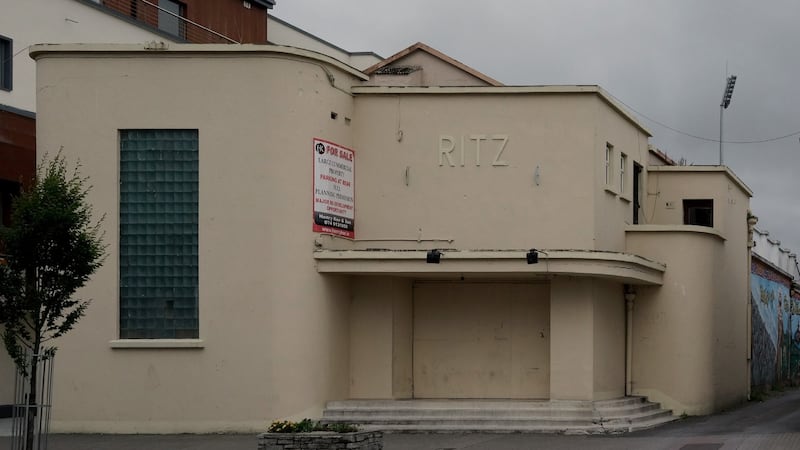
Northwards from there, the Balor (1946) in Ballybofey, Donegal, is a likeable international-style block with its curves and clean lines, and acts as the heartbeat of the town as a cinema, theatre, and music venue.
Back east , The Vogue cinema (1938) in Kilkeel, Co Down, is one of only two listed cinemas in Northern Ireland, along with the Strand in east Belfast.
This bright blue modernist gem, by Ben Cowser, closed in 2007, is on the buildings at risk register compiled by Ulster Architectural Heritage (UAH), despite it retaining much of its interior and detailing. The cinema is owned by the local council, and its future has remained unclear since closing its doors.
But in a positive development Kilkeel Charitable Trust has begun a community asset transfer to take over the building and restore it as a cinema/arts centre. A community consultation was carried out recently, so watch this space.
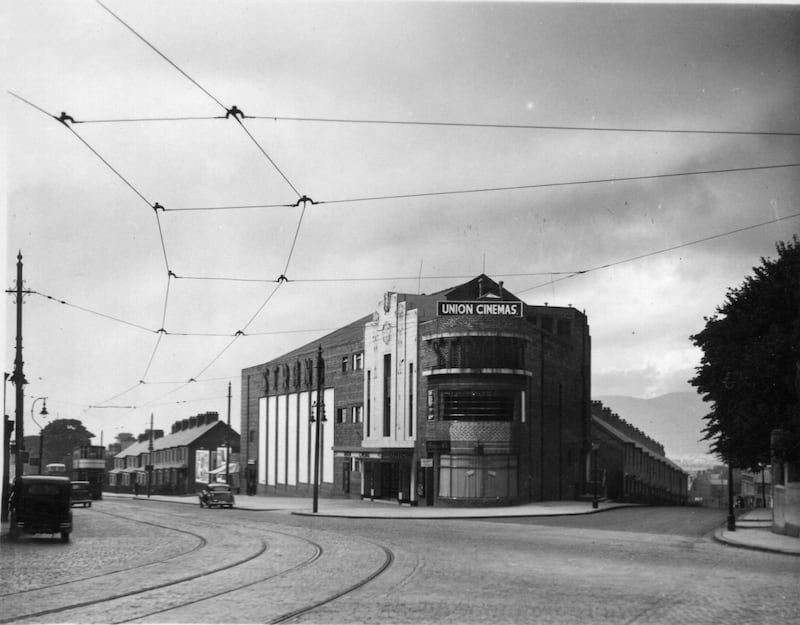
The Strand (1935), meanwhile, with its port-holed foyer as a nod to nearby Harland and Wolff shipyards, goes from strength to strength, and remains the last picture house of an era when Belfast had more than forty cinemas.
The building’s art deco facade was restored in 1999, winning a RIBA architecture award, and more good news followed in 2013 as the Strand Arts Centre was established as a not-for-profit charity with control of the building. A casebook study for restoring a cinema to the heart of a community.
John McBride Neill designed the Strand and was the go-to guy for cinemas in Northern Ireland in the 1930s (he designed the Balor as well). One of his most memorable works was the Picturedrome (1934), in Mountpottinger, Belfast: a sleek, luxuriously jazzy block of a building plonked on a residential street in the city.
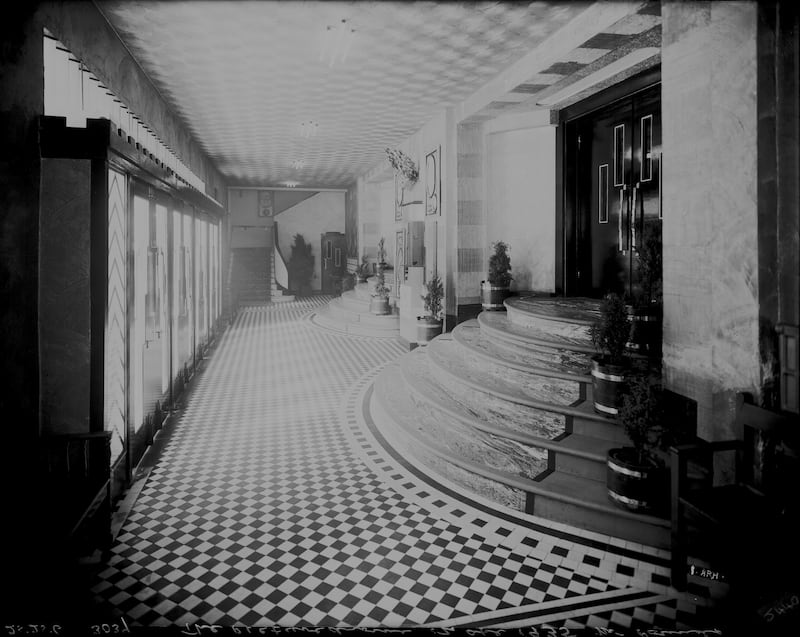
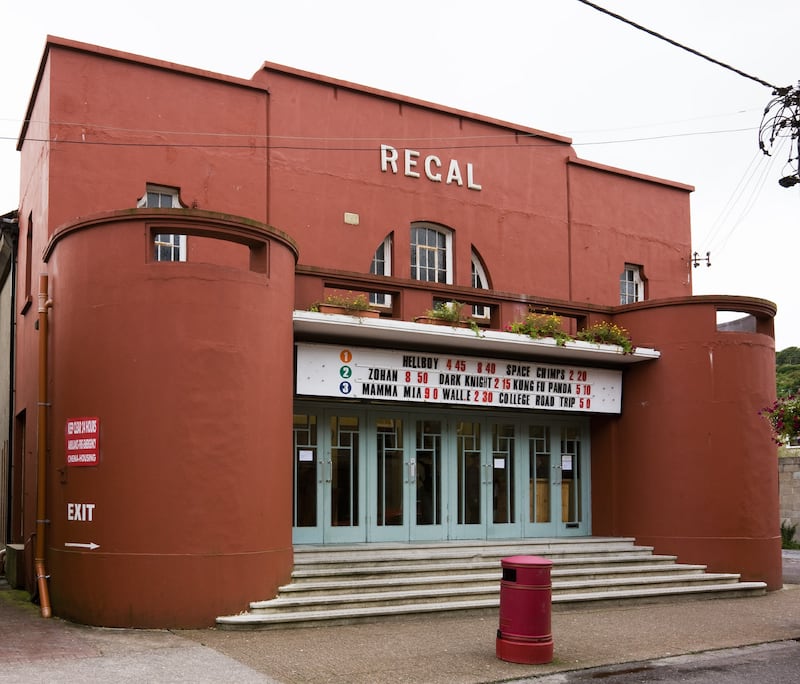
His finest work, however, is considered the Tonic in Bangor, a huge 2,000-seater building that opened in 1936 and had shops, restaurant, ballroom, and apartments built in. It was demolished, alas, in 1992 following a fire.
The Lyceum was also a grand statement of Belfast cinema design, in the classical Greek style, as the name indicates. It opened the year of the Easter Rising but closed in 1966 despite (or because) of its 1,200 ticket capacity. The invaluable archiseek.com writes, "the Rank Organisation used it as a film storage depot until it was destroyed by an IRA bomb in 1970".
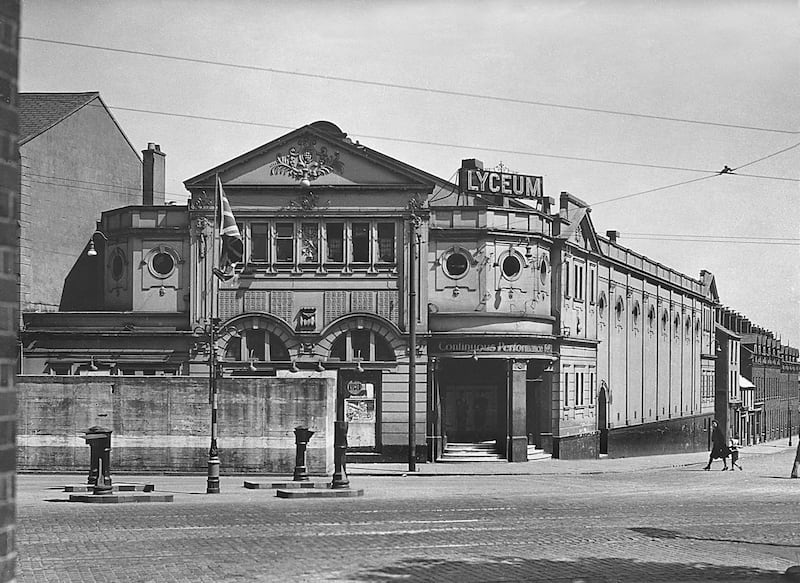
The website also details many other quirky former picture houses, such as the International Style Lyric, Brew’s Hill, Navan, and the New Princess Cinema, Newtownards Road, Belfast, replete with an incongruous windmill tower design, giving it an eye-catching hybrid industrial-ecclesiastical appearance.
And the National Inventory of Architectural Heritage lists some delights like the baroque-fronted cinema in Buncrana that once was a parish hall; modernist gems such as Youghal’s Regal (1936) cinema in Cork, and the Capitol (1949) in Thurles; or the ornate Assembly Rooms (c1860) in Cork City, now a restaurant.
Kilkenny’s impressive pre-1945 Watergate Theatre and the historically important Camden DeLuxe Hotel (1910) on Dublin’s Camden Street are also in the records.





















